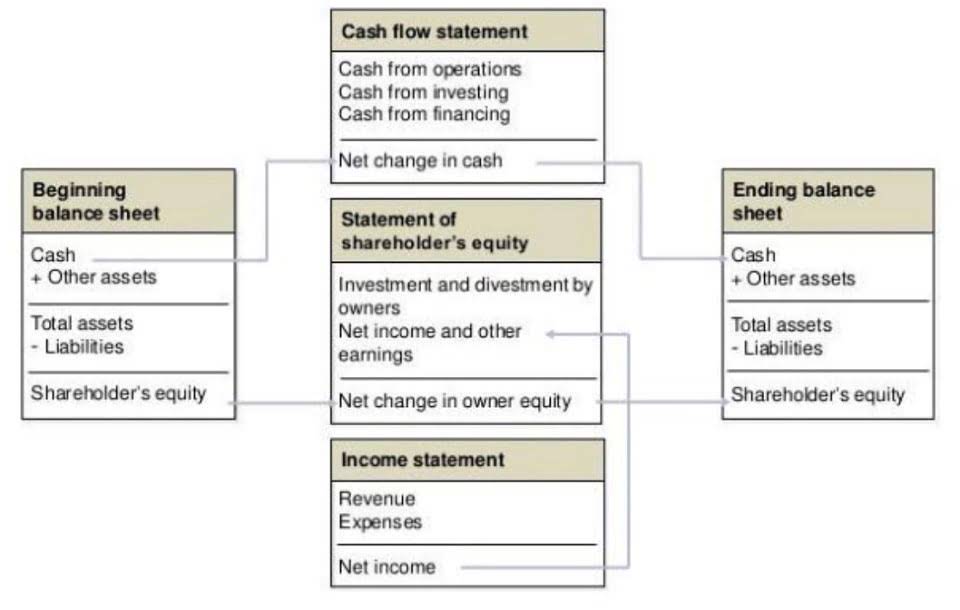
Note the official wording for unrestricted net assets in the balance sheet above is “net assets without donor restrictions.” We commonly use the term “unrestricted net assets” since it’s easier to say. Also that’s the way we’ve always said it until a recent accounting pronouncement introduced the new language. Another organization with which I work has run a deficit this year of more than $200,000, and board members are periodically reminded that it is nothing to be concerned about. Their operations don’t fluctuate wildly from year to year; in this case, the answer lies in the practices that nonprofits follow when revenue is “recognized,” or recorded as revenue. Financial Accounting Standards Board standards require nonprofits to record unrestricted grants and contributions as revenue when a funder or donor makes a commitment to the organization, not when the money is actually received.
- It turns out that Todd, our board member who wants to understand the organization’s liquidity, needs to understand the entire balance sheet.
- It may also have 50 general ledger accounts for each of its major programs, plus many accounts under its fundraising and management and general expense categories.
- For example, an organization devoted to animal rescue may receive a restricted donation to be spent on the care and feeding of crocodiles.
- However, it doesn’t really matter where the revenue is coming from, as long as the unrestricted net assets amount is positive and it positively contributes to the overall financial health of the non-profit organization.
- Other sources of revenue include unrestricted grants/contributions and the release of temporarily restricted net assets through the satisfaction of donor or time restrictions.
- In that case, you would be in luck if you wanted to use the money for the counseling program.
Ask the tough questions, know where the gaps lie and what’s being done to fund them, and have a plan for the next step if funding doesn’t come through. Timing is critical; a modest budget cut made early on can leave your organization much more viable than a drastic cut made too late. The debit to the Restricted account reduces the account balance by the amount that was released from restriction. For the interim report, the Net Income to-date (from QB) would be counted with the amount in Available for Operations to get the unrestricted (net assets without restriction) total. Permanently restricted are typically large donations that function as investment accounts or an endowment fund. The money from the interest earned is designated for a specified purpose, and the principal cannot be touched.
How fund accounting works:
This flexibility allows them to continue delivering their services and fulfilling their mission without disruption. With unrestricted net assets, organizations have the freedom to allocate resources where they are most needed, whether it’s addressing immediate expenses, exploring innovative initiatives, or creating financial buffers for future contingencies. The notes at the back of the financial statements will include detailed information on the nature and amounts of restricted net assets. It’s possible for fixed assets to have donor restrictions, for example a building that can only be used for a specific purpose, but in this example fixed assets are not restricted. Even if fixed assets are unrestricted, though, they are still not cash nor are they usually easily converted to cash (liquid). These unrestricted net assets are also referred to as the operating reserves and represent the cumulative earnings over the life of the non-profit organizations.
- Under the accrual method of accounting, revenues are reported in the accounting period in which they are earned.
- Two key ratios are Months of Cash and Months of Liquid Unrestricted Net Assets (LUNA).
- For instance, if a nonprofit has three main programs, then each of the three programs will be listed along with each program’s expenses.
- The grants that this organization relies on to cover the current year’s expenses were awarded (and received) before the year began; thus it had a big surplus in 2007 and a comparable deficit in 2008.
- With more detailed information as to the composition of net assets, different conclusions about these organizations’ financial health would be reached.
For example, a nonprofit is likely to have a separate general ledger account for each of its bank accounts. It may also have 50 general ledger accounts for each of its major programs, plus many accounts under its fundraising and management and general expense categories. We will explore how the level of net assets reflects sound financial management, instills stakeholder confidence, and contributes to an organization’s ability to fulfill its mission. Whether it is expanding into new markets, acquiring assets, or scaling existing operations, having available funds can enable organizations to act swiftly and capitalize on strategic opportunities. By maintaining a strong level of net assets, an organization can weather economic downturns, seize strategic opportunities, and ensure the continuity of its programs and services.
Temporarily restricted net assets
Having an endowment ties up cash that is not accessible to the organization for operations or program delivery. It is far more advisable for small and midsize nonprofits to build working capital cash and to fund an operating reserve before attempting to create an endowment. If a small or midsize nonprofit does have an endowment, the donor often requires that the income generated from the gift be used for operations or for a specific purpose.

Laisser un commentaire